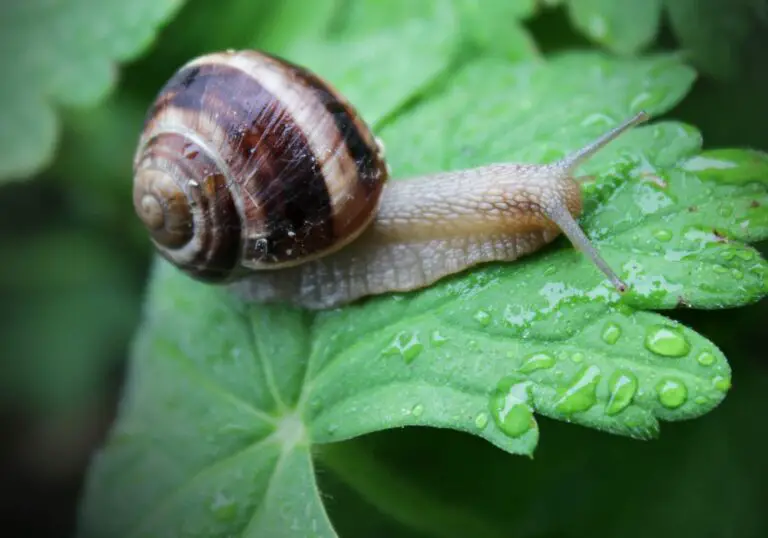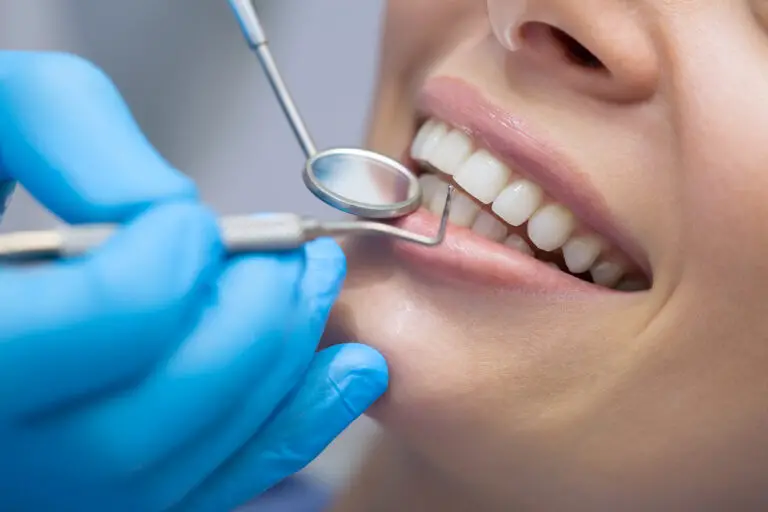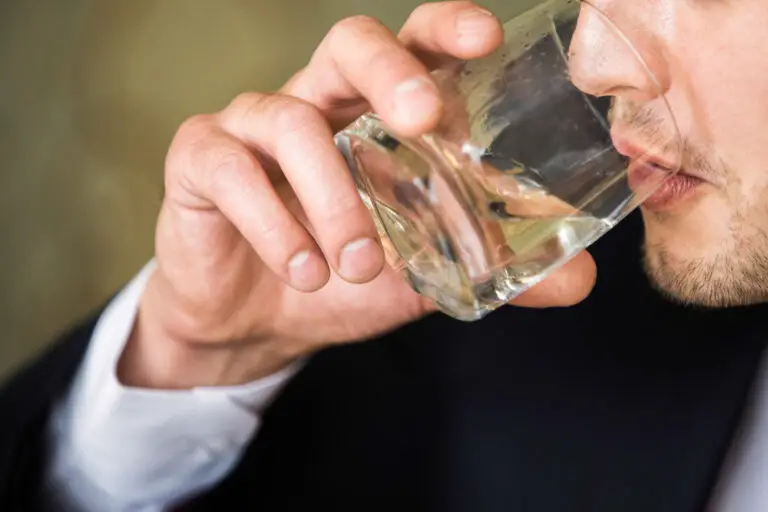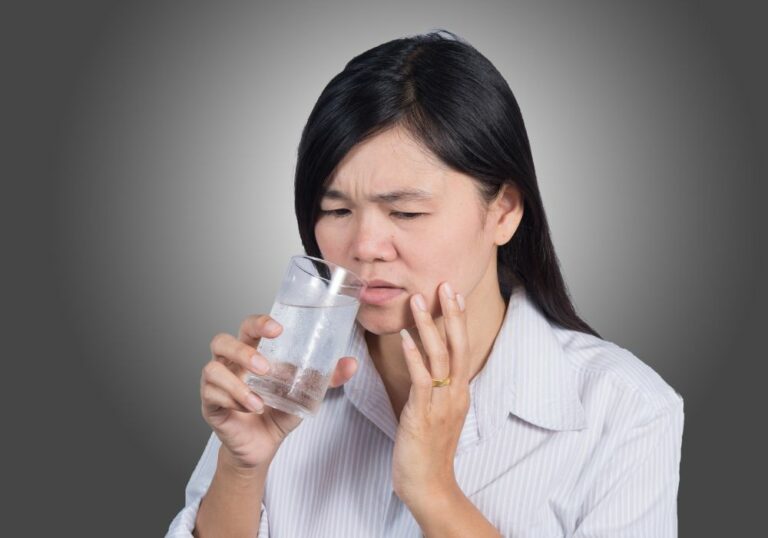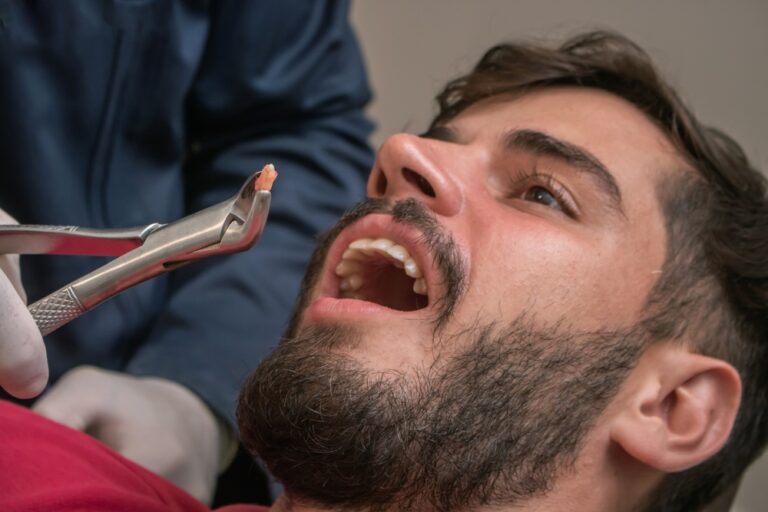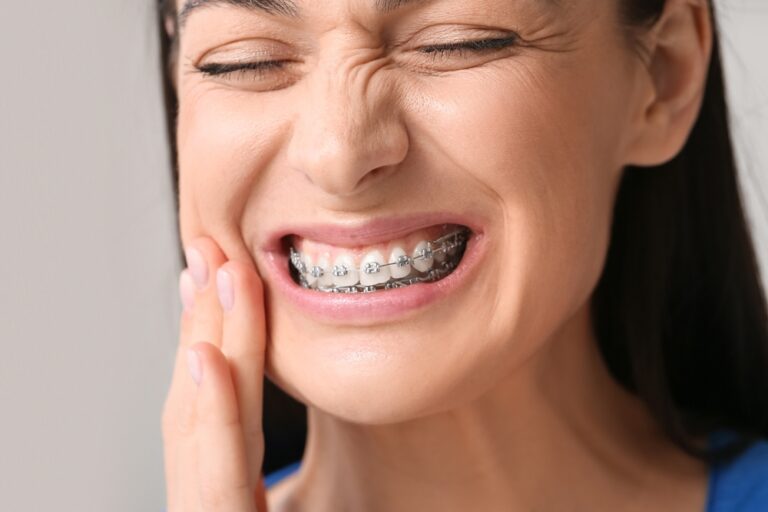When it comes to your child’s dental health, it’s important to start good habits early. One of the most important habits to establish is brushing their teeth. But when should you start brushing your child’s teeth, and how often should you do it?
According to experts, you should start brushing your child’s teeth as soon as their first tooth appears, which is usually around six months to a year old. At this age, you can use a soft-bristled toothbrush and a small amount of fluoride toothpaste, about the size of a grain of rice. As your child grows and more teeth come in, you can increase the amount of toothpaste to a pea-sized amount.
It’s important to brush your child’s teeth at least twice a day, preferably after breakfast and before bedtime. This helps remove any food particles or bacteria that can cause tooth decay and cavities. As your child gets older, you can start teaching them how to brush their own teeth, but it’s still important to supervise and make sure they’re doing it properly. With a little effort and consistency, you can help set your child up for a lifetime of good dental health.
Understanding the Importance of Brushing
Brushing your toddler’s teeth is an essential part of their oral hygiene routine. By starting a regular brushing routine early, you can help prevent cavities and promote healthy teeth and gums.
As soon as your child’s first tooth appears, it’s time to start brushing. This is usually around six months to one year of age. Even if your child only has a few teeth, it’s important to start brushing to establish good habits early on.
Brushing helps remove plaque and food particles that can lead to tooth decay and gum disease. If left untreated, these conditions can cause pain, infection, and even tooth loss. By brushing regularly, you can help keep your child’s teeth healthy and strong.
It’s also important to use the right toothpaste when brushing your toddler’s teeth. Use a small amount of fluoride toothpaste, about the size of a grain of rice, on a soft-bristled toothbrush. When your child is about 3 years old, you can use a pea-sized amount of toothpaste.
Remember, your child will need help brushing his or her teeth until the age of about 7 or 8. Be sure to supervise your child’s brushing and help them reach all areas of their mouth.
In addition to brushing, it’s important to encourage healthy eating habits and regular dental check-ups. By working together with your child’s dentist, you can help ensure that your child’s teeth stay healthy and strong for years to come.
When to Start Brushing
As soon as your child’s first tooth appears, it’s time to start brushing their teeth. This usually occurs around 6 months of age, but it can happen as early as 3 months or as late as 12 months.
The American Academy of Pediatric Dentistry (AAPD) recommends using cavity-preventing fluoride toothpaste as soon as your baby’s first tooth appears, rather than waiting until age 2 as was previously recommended. Use a rice-grain-sized smear of toothpaste for your baby or toddler, graduating to a pea-sized dollop by age 3.
Starting early with brushing your child’s teeth helps to establish good dental habits and prevent tooth decay. It’s important to brush your child’s teeth twice a day, every day, to keep their teeth healthy and cavity-free.
It’s also important to make brushing a fun and positive experience for your child. Let them pick out their own toothbrush and toothpaste, and make it a part of their daily routine. You can even sing a song or play a game while brushing to make it more enjoyable for them.
Remember, good dental hygiene starts early, so make sure to start brushing your child’s teeth as soon as their first tooth appears.
Choosing the Right Toothbrush
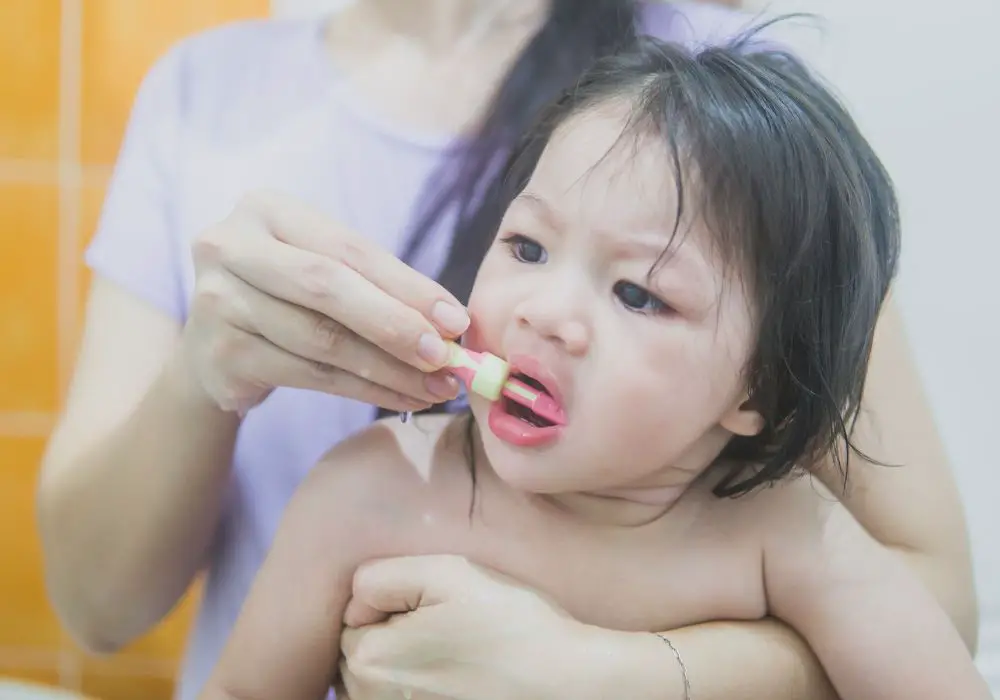
When it comes to brushing your 2-year-old’s teeth, choosing the right toothbrush can make all the difference. Here are some tips on what to look for when selecting a toothbrush for your toddler:
Size and Shape
Choose a toothbrush that is specifically designed for toddlers. The size and shape should be appropriate for your child’s small mouth. A smaller brush head will make it easier to reach all areas of the mouth, including the back teeth.
Bristles
Look for a toothbrush with soft bristles. Hard bristles can be too harsh on your toddler’s delicate gums and teeth. Some toothbrushes have vegetable-based bristles that are gentle on gums.
Electric vs. Manual
Electric toothbrushes can be a great option for toddlers who may not yet have the dexterity to brush effectively on their own. Some electric toothbrushes even come with a timer to help ensure that your child is brushing for the recommended two minutes.
Fun Designs
Choose a toothbrush with a fun design or character that your child will love. This can make brushing more enjoyable for your little one and help encourage good oral hygiene habits.
Replace Regularly
Remember to replace your child’s toothbrush every three to four months, or sooner if the bristles become frayed. This will ensure that the toothbrush remains effective at removing plaque and bacteria from your toddler’s teeth and gums.
By choosing the right toothbrush for your 2-year-old and making brushing a fun and enjoyable experience, you can help set them up for a lifetime of good oral hygiene habits.
Proper Brushing Techniques
Brushing your toddler’s teeth can be a challenging task, but with the right technique, it can be an easy and enjoyable experience for both you and your child. Here are some proper brushing techniques to keep in mind:
Use the Right Toothbrush
When it comes to choosing a toothbrush for your toddler, it’s important to find one that is small enough to fit comfortably in their mouth. Look for a toothbrush with soft bristles and a small head that can easily reach all areas of the mouth.
Apply the Right Amount of Toothpaste
The American Dental Association (ADA) recommends using a rice-sized smear of toothpaste for children ages 0 to 3 years and a pea-sized amount for children ages three and up. Too much toothpaste can be harmful to your child’s health, so be sure to use the right amount.
Angle the Toothbrush Correctly
To properly clean your toddler’s teeth, angle the toothbrush at a 45-degree angle towards the gum line. Make sure to brush both the inside and outside surfaces of the teeth, as well as the chewing surfaces and the tongue.
Brush Gently
Brushing your toddler’s teeth too hard can damage their delicate gums and teeth. Use gentle circular motions to clean each tooth thoroughly, and be sure to brush for at least two minutes.
Make it Fun
Brushing your toddler’s teeth can be a fun and enjoyable experience for both you and your child. Sing a song, tell a story, or play a game to make brushing more enjoyable and engaging for your little one.
Incorporating these proper brushing techniques into your daily routine can help ensure that your toddler’s teeth stay healthy and strong.
How Often Should You Brush
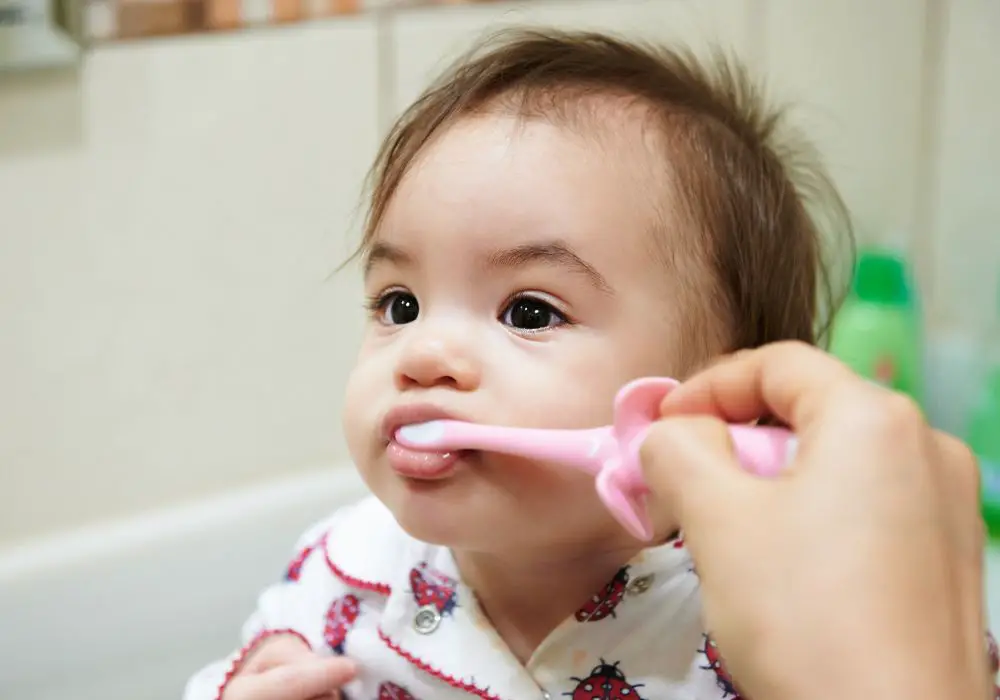
Brushing your child’s teeth is an essential part of their oral hygiene routine. It is recommended that you brush your child’s teeth for at least two minutes, twice per day. One of those times should be before bed, and the other time can be after breakfast or another meal.
It is important to brush your child’s teeth thoroughly, including the front, back, and tops of the teeth using small, circular brush strokes. You can use a soft-bristled toothbrush and a small amount of fluoride toothpaste to clean your child’s teeth.
In addition to brushing, you should also floss your child’s teeth once per day. Flossing helps remove food particles and plaque from between teeth that brushing alone may not reach.
It is recommended that you supervise your child’s brushing and flossing until they are about 7 or 8 years old. This will help ensure that they are brushing and flossing correctly and thoroughly.
Remember, developing good oral hygiene habits early on can help your child maintain healthy teeth and gums for a lifetime.
Dealing with Resistance
Brushing your toddler’s teeth can be a chaak, especially when they resist it. However, it’s essential to ensure your child’s dental health, and you can make toothbrushing a fun activity with a little creativity. Here are some tips to help you deal with resistance:
Make it Fun
Try to make toothbrushing time a fun activity for your child. You can use a toothbrush with their favorite cartoon character or play their favorite song while brushing their teeth. You can even make a game out of it by pretending to be a dentist or counting their teeth.
Lead by Example
Children learn by observing their parents. Brush your teeth with your child to show them how it’s done. You can also let them watch you brush your teeth and explain to them why it’s essential.
Give Choices
Giving your child choices can help them feel more in control and less resistant to toothbrushing. For example, you can let them choose their toothbrush or toothpaste flavor. You can also give them a choice between brushing their teeth before or after bath time.
Be Patient
It’s normal for toddlers to resist toothbrushing, and it may take some time for them to get used to it. Be patient and try not to get frustrated. Encourage your child to brush their teeth by praising them when they cooperate.
Use Positive Reinforcement
Positive reinforcement can be an effective way to encourage your child to brush their teeth. You can reward them with a sticker or a small toy after they brush their teeth. You can also praise them for their efforts and progress.
In conclusion, dealing with resistance when brushing your toddler’s teeth can be challenging, but with a little creativity and patience, you can make it a fun and enjoyable activity for both you and your child.
Involving Your Child in the Process
Getting your child to brush their teeth can be a challenge, but involving them in the process can make it more enjoyable for both of you. Here are some tips to help make brushing a fun and interactive experience for your 2-year-old:
- Let your child choose their toothbrush: Take your child to the store and let them pick out their own toothbrush. This will give them a sense of ownership and make them more excited to use it.
- Sing a song: Singing a song while you brush can make the process more enjoyable for your child. Try singing a familiar tune or making up your own silly song.
- Make it a game: Turn brushing into a game by setting a timer for two minutes and seeing if your child can brush their teeth for the entire time. You can also make it a race to see who can brush all of their teeth first.
- Use positive reinforcement: Praise your child for a job well done and offer small rewards, such as a sticker or a high-five, to encourage them to continue brushing regularly.
- Brush together: Brushing your teeth alongside your child can make them feel more comfortable and encourage them to follow your lead.
By involving your child in the process and making brushing a fun and positive experience, you can help establish good oral hygiene habits that will last a lifetime.
Signs of Dental Problems
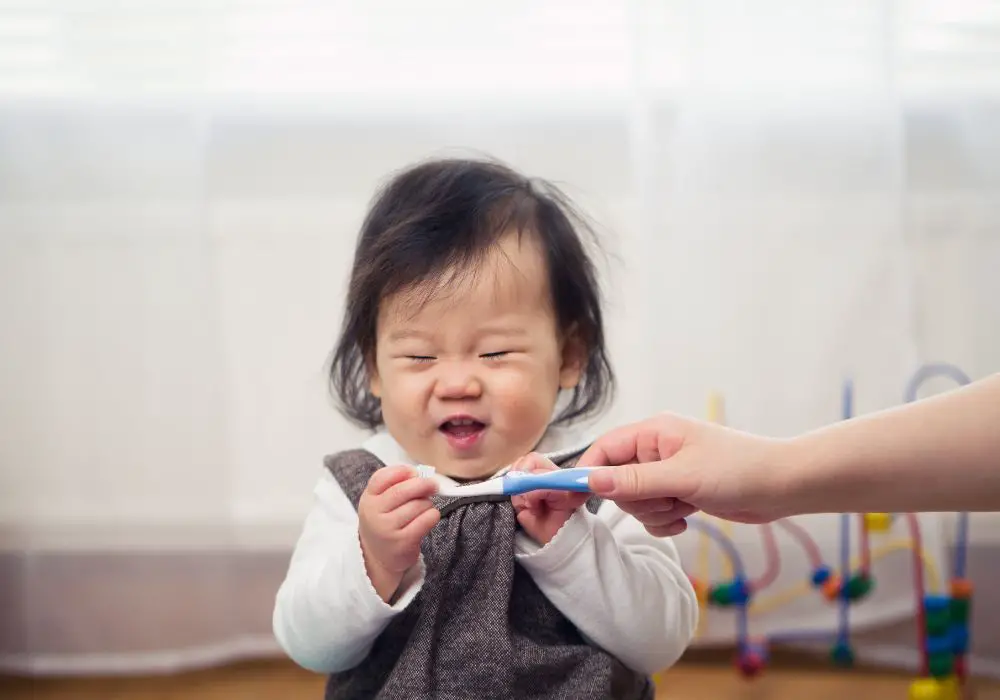
It’s important to keep an eye out for signs of dental problems in your 2-year-old. Here are some signs to watch for:
- Tooth pain: If your child is complaining of tooth pain or seems to be in discomfort when eating, it could be a sign of a cavity or other dental problem.
- Bleeding gums: If your child’s gums are bleeding when they brush or floss, it could be a sign of gum disease or other issues.
- Bad breath: While bad breath can be normal in children, persistent bad breath could be a sign of a dental problem.
- Discolored or damaged teeth: If you notice any discoloration or damage to your child’s teeth, it’s important to have it checked out by a dentist.
If you notice any of these signs, it’s important to schedule an appointment with a pediatric dentist. They can help diagnose any issues and provide treatment to keep your child’s teeth healthy.
Regular Dental Checkups
Regular dental checkups are important for maintaining good oral health for your child. According to Stanford Medicine Children’s Health, dental exams and cleanings are recommended every 6 months for children and adults. It is important to follow the schedule of dental exams and cleanings, as recommended by your child’s pediatric dentist.
During a dental checkup, the dentist will examine your child’s teeth and gums for any signs of tooth decay, gum disease, or other oral health problems. They may also clean your child’s teeth and apply fluoride to help prevent tooth decay.
Regular dental checkups can help catch any potential oral health problems early, before they become more serious and require more extensive treatment. It is important to establish a good relationship with your child’s dentist and make dental checkups a regular part of your child’s healthcare routine.
In addition to regular dental checkups, it is important to practice good oral hygiene habits at home, such as brushing your child’s teeth twice a day with a soft-bristled toothbrush and a small amount of toothpaste. As your child learns to rinse and spit, brushing with a pea-sized portion of fluoridated toothpaste is best.
Overall, regular dental checkups are an important part of maintaining good oral health for your child. By following the recommended schedule of dental exams and cleanings, you can help ensure that your child’s teeth and gums stay healthy and strong.
Frequently Asked Questions
When should I start brushing my baby’s teeth?
It’s recommended to start brushing your baby’s teeth as soon as they appear. This usually happens around 6 months of age. You can use a soft-bristled toothbrush and a small amount of fluoride toothpaste to gently clean your baby’s teeth twice a day.
How do you brush a 2 year old’s teeth?
At 2 years old, your child may have more teeth and be more resistant to brushing. It’s important to make brushing a fun and positive experience. You can let your child choose their toothbrush and toothpaste, and brush together with them. Use a small amount of toothpaste and brush gently in circular motions, making sure to clean all surfaces of the teeth.
What happens if you don’t brush a 2 year old’s teeth?
If you don’t brush your 2 year old’s teeth, they may develop tooth decay and cavities. This can cause pain and discomfort, and may require dental treatment. It’s important to establish good oral hygiene habits early on to prevent these issues.
Do 2 year olds need to brush their teeth?
Yes, 2 year olds need to brush their teeth twice a day with a small amount of fluoride toothpaste. This helps to remove plaque and prevent tooth decay. It’s important to supervise your child’s brushing to ensure they are doing it correctly.
How to brush 1 year old teeth with toothpaste?
For 1 year olds, you can use a small amount of fluoride toothpaste on a soft-bristled toothbrush to gently clean their teeth twice a day. Make sure to use only a pea-sized amount of toothpaste and supervise your child’s brushing to prevent swallowing.
Are there alternatives to brushing toddlers’ teeth?
While brushing is the most effective way to clean your toddler’s teeth, there are alternatives such as using a damp washcloth to wipe their teeth and gums. You can also offer your child water after meals and snacks to help rinse away food particles. However, these alternatives should not replace regular brushing.

